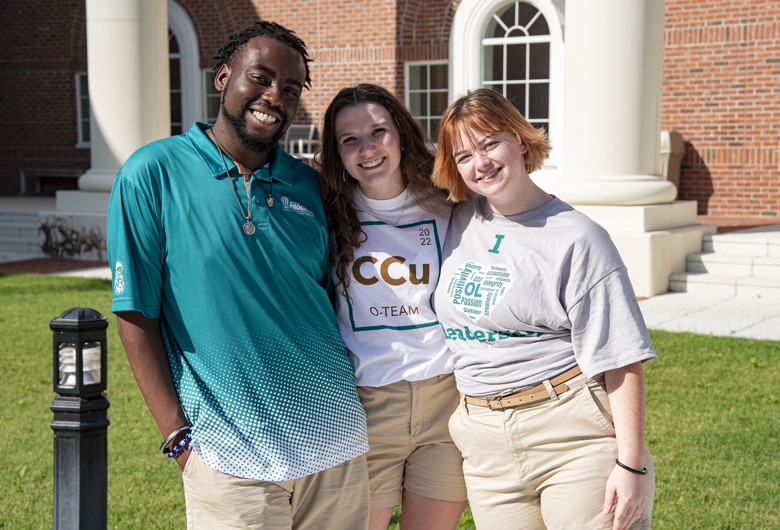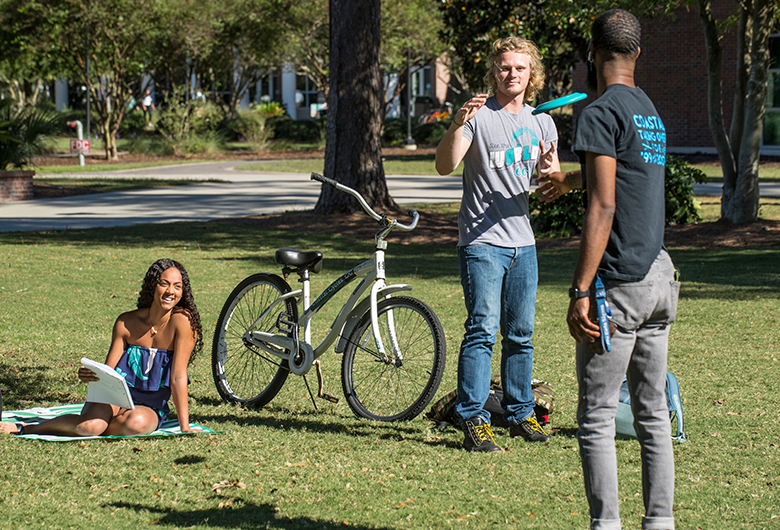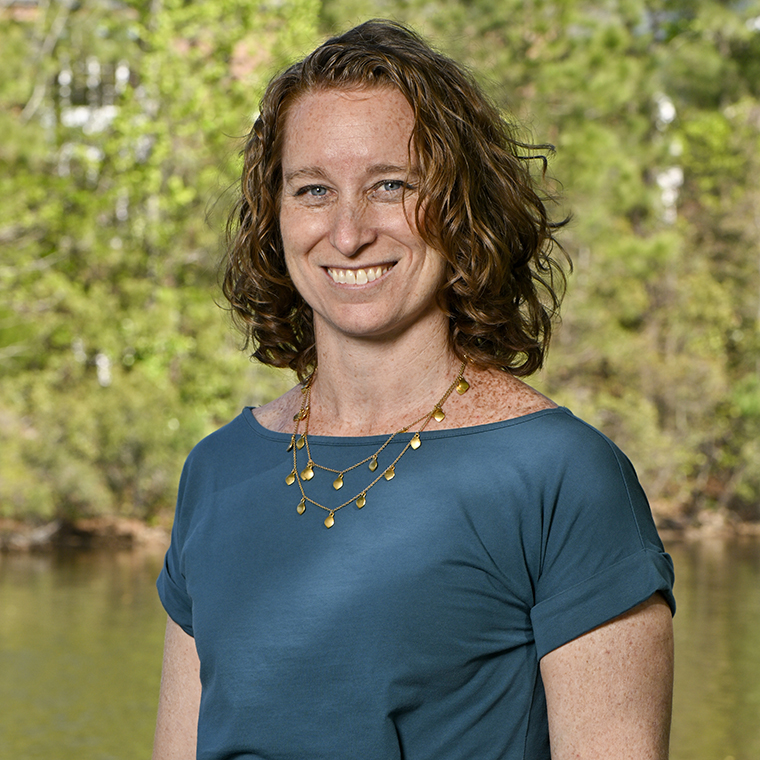Biography
Education
Ph.D., University of Connecticut, Oceanography, 2010
M.S., University of Connecticut, Oceanography, 2008
B.A., Williams College, Computer Science, 2003
Research and Teaching Interests
I am a coastal observational physical oceanographer. My research interests range from very local to shelf-wide, including physical transport and environmental health of tidal creeks, mixing and transport in estuaries, the impact of river plumes on nearshore circulation and productivity, and the influence of mixing, stratification, and circulation on temperate reef community structure. I teach courses from introductory level marine science to physical oceanography, as well as an instrumentation-focused elective (hydrographic techniques) that encompasses software for data processing as well as research methods and effective scientific communication. I am interested in using technology and hands-on fieldwork to better understand the physics of the coastal ocean.
Areas of Expertise
- Tidal and residual circulation
- Instrumentation
- Mixing
- Estuarine processes
- MATLAB
Recent Publications
Yankovsky, A., D.B. Fribance, D. Cahl and G. Voulgaris (2022) Offshore spreading and mixing of a supercritical plume under upwelling wind forcing: a case study of the Winyah Bay outflow. Frontiers in Marine Science, 8. doi: https://doi.org/10.3389/fmars.2021.785967
Pastore, D.M., Peterson, R.N., Fribance, D.B., Viso, R., Hackett, E.E. (2019) Hydrodynamic Drivers of Dissolved Oxygen Variability within a Tidal Creek in Myrtle Beach, South Carolina. Water, 11(8), 1723. doi: https://doi.org/10.3390/w11081723
Troup, M.L., D.B. Fribance, S.M. Libes, R. Gurka and E.E. Hackett (2017) Physical Conditions of Coastal Hypoxia in the Open Embayment of Long Bay, South Carolina: 2006-2014. Estuaries and Coasts, 40(6). doi: https://doi.org/10.1007/s12237-017-0246-x






